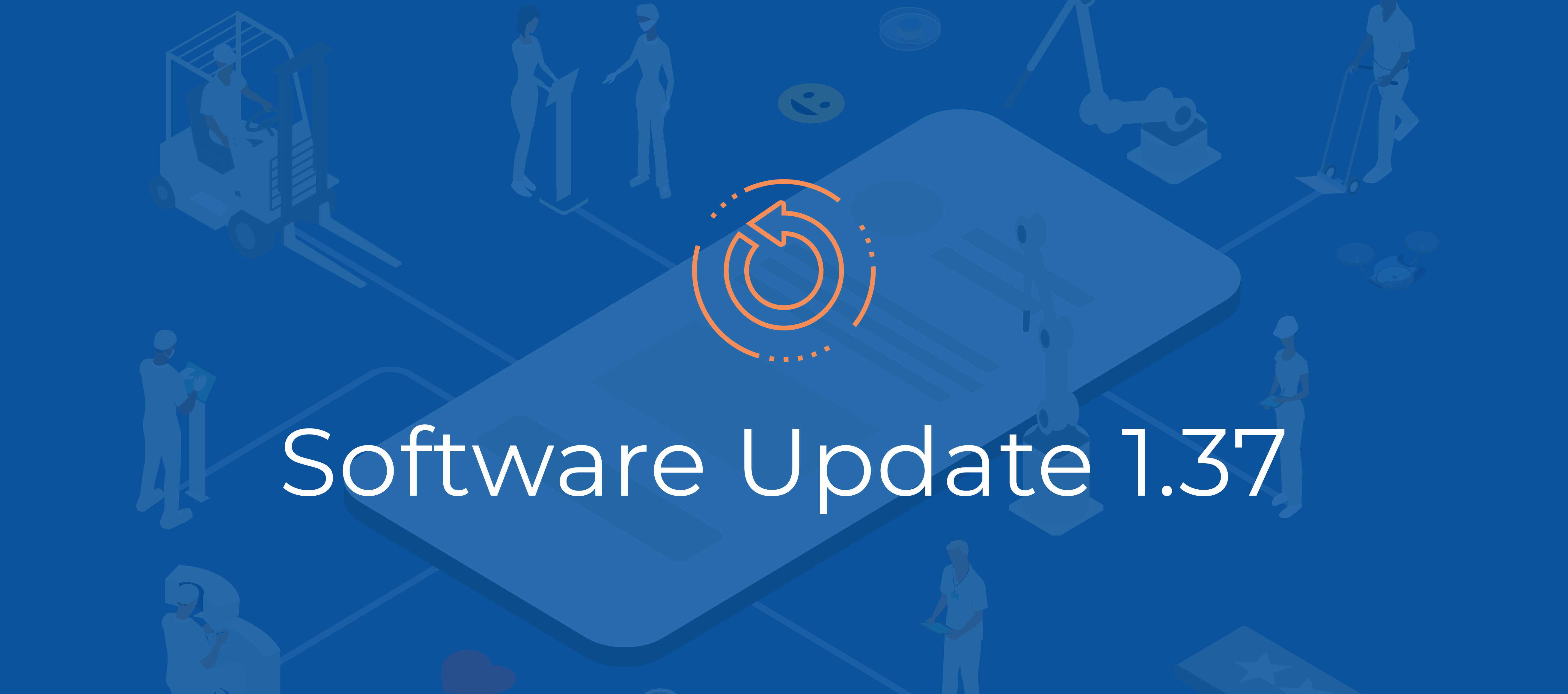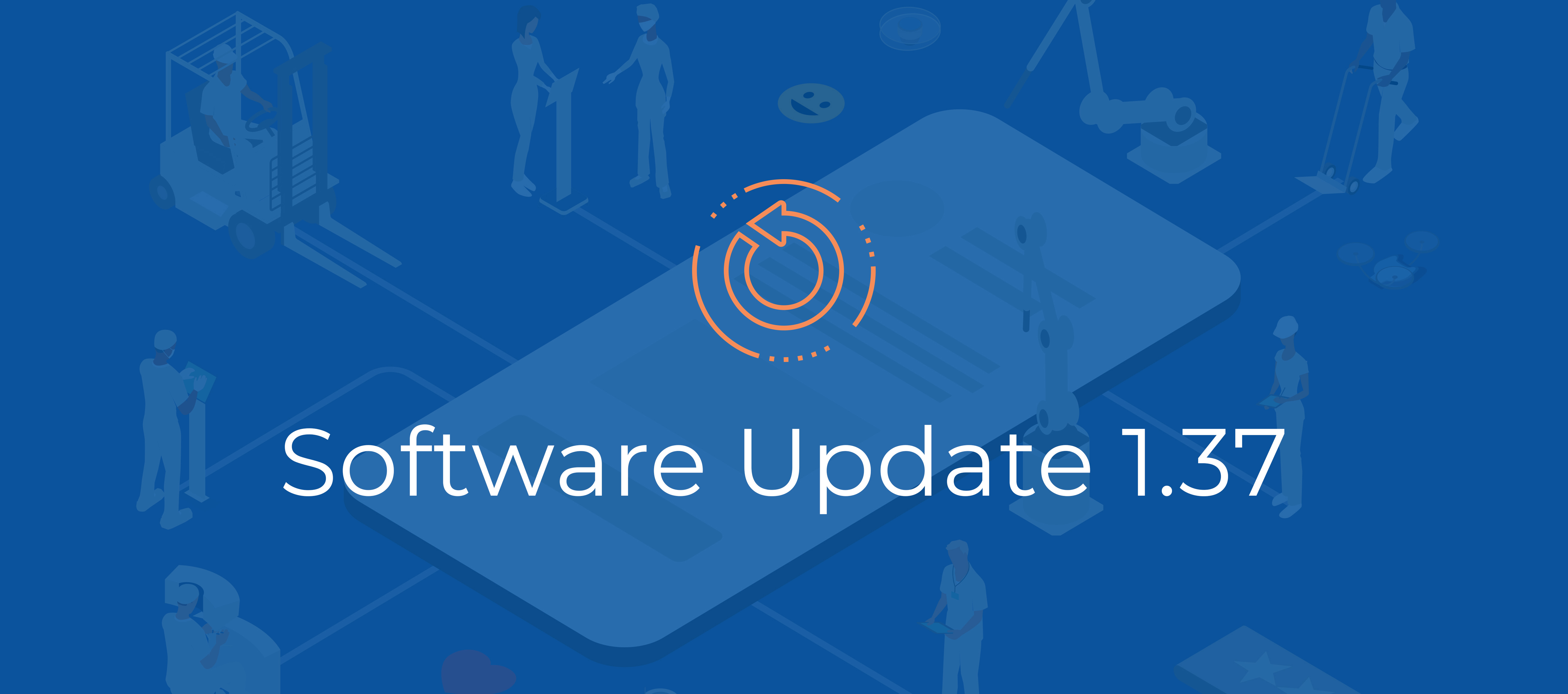
Becoming a data whiz doesn't happen overnight.
|
A lot of our customers tell us they want to use advanced maintenance strategies like preventive maintenance and predictive maintenance—you know, those fancy, high-ROI maintenance strategies that use analytics, historical data, and some type of SaaS wizardry to fix assets before they break down, costing your company gazillions of dollars in unplanned downtime. 
But a lot of people don’t know where to start. For one thing, you need historical data to make predictive maintenance work. So we’re introducing a few software updates to make it easier for you to learn from your data, create inspection points, and keep a running checklist of things your technicians need to do to perform maintenance on each asset. What is an inspection point? It depends on the asset. Basically, an inspection point is a key performance indicator that tells you when an asset is beginning to fail. For an HVAC, that might be runtime; for a vehicle, it’s a meter reading or observation from an oil analysis. By monitoring your historical data, you’ll be able to identify inspection points (KPIs or conditions that tell you when an asset is most likely on the brink of breakdown), and set triggers for predictive maintenance.
|
|
Here are some other updates you might find useful:
|
 For immediate assistance, please call us at (512) 328-3235
For immediate assistance, please call us at (512) 328-3235


